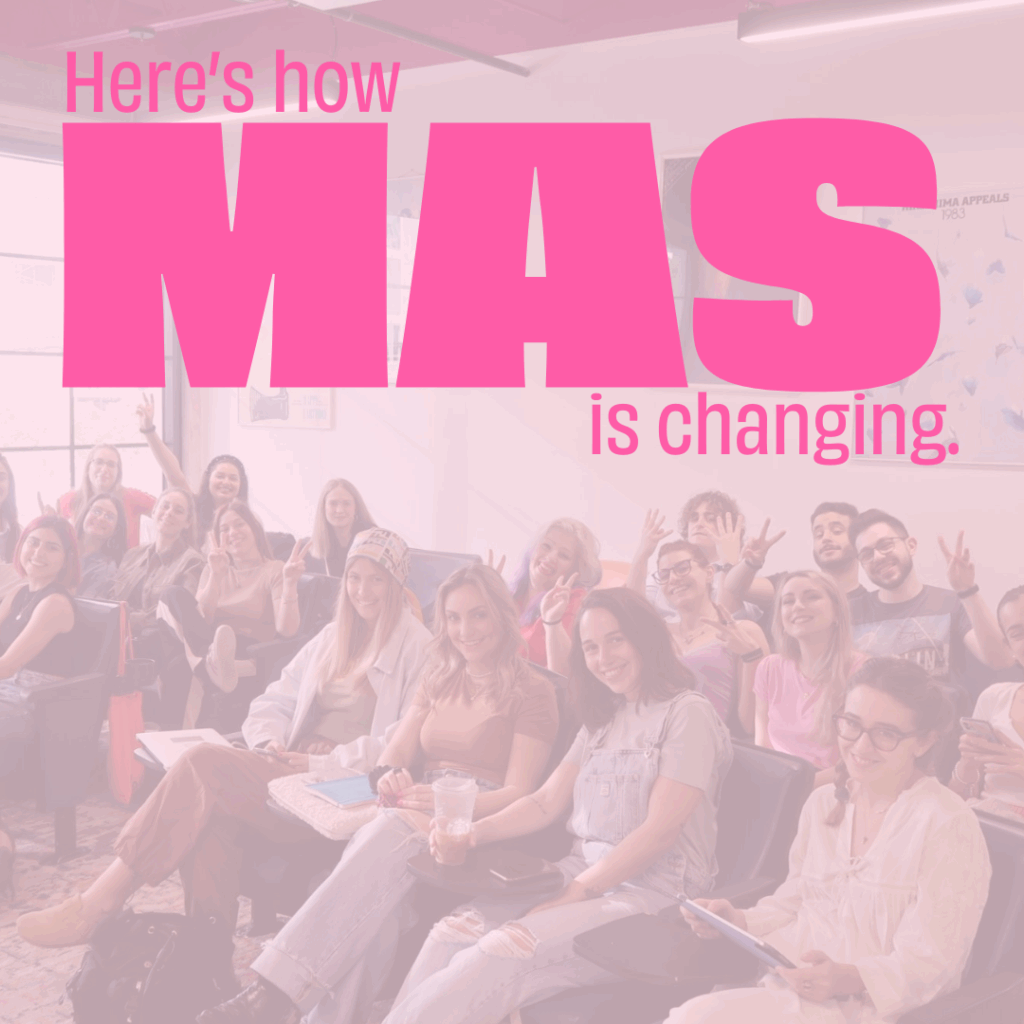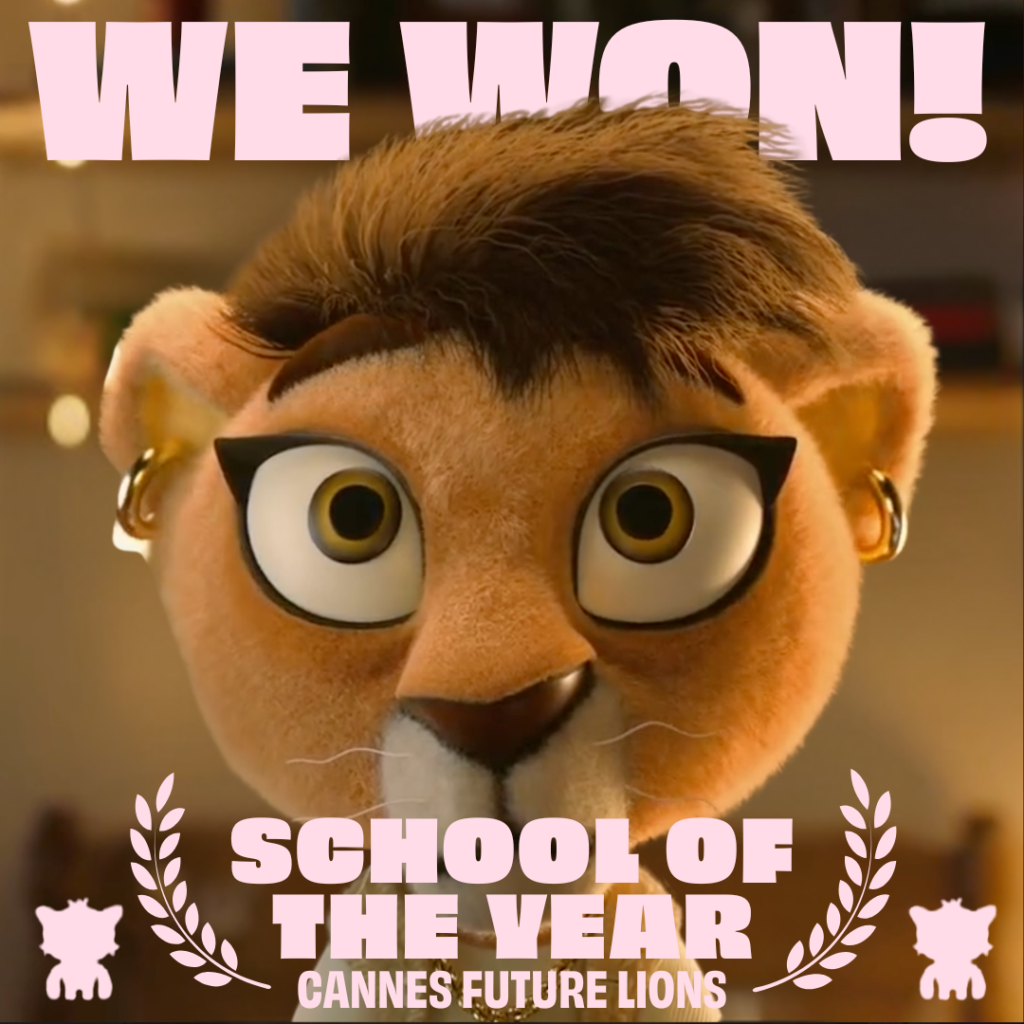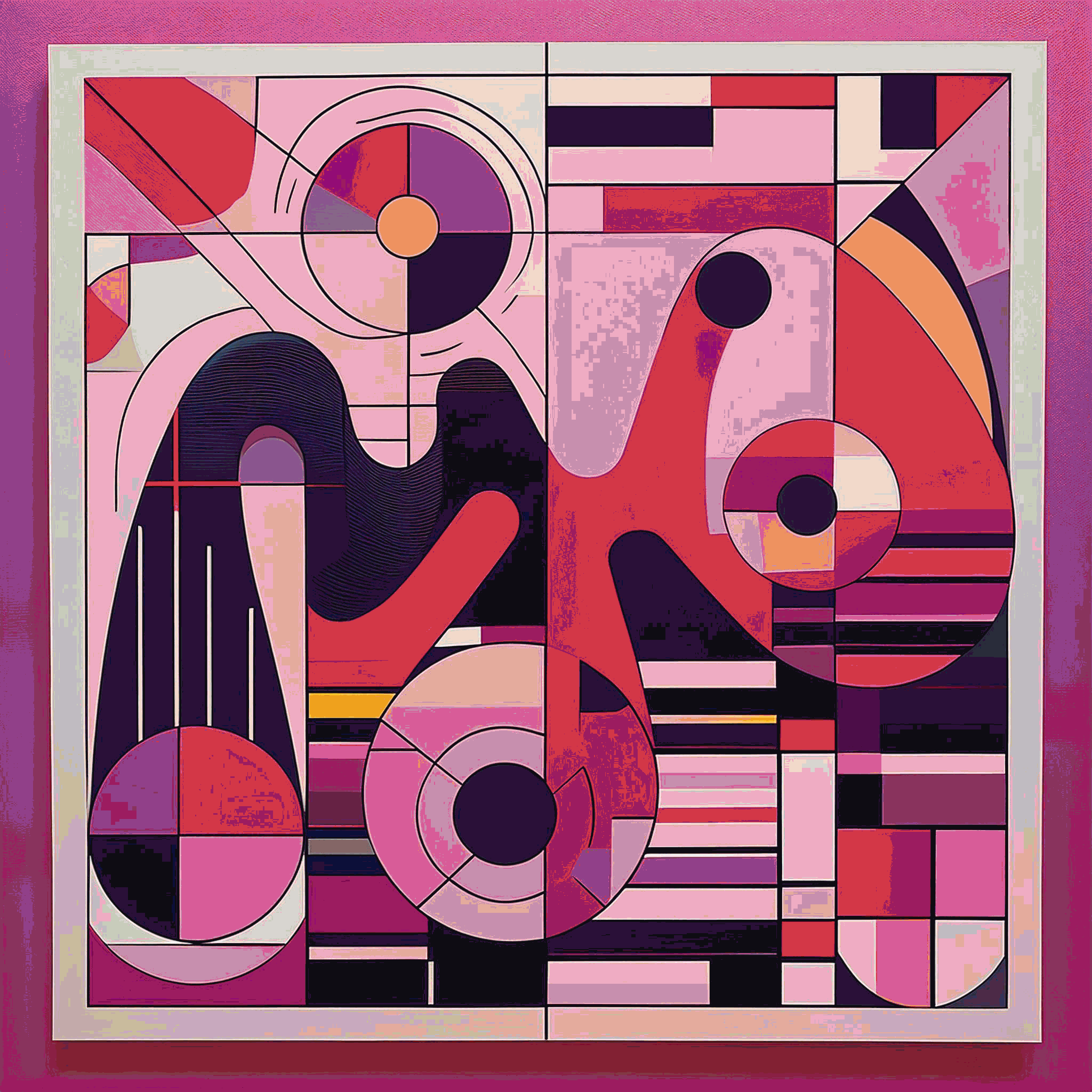How to Become a Professional DESIGNER
in 2025
The ultimate guide: everything you need to know about building a career in design (how to make money AND a difference).
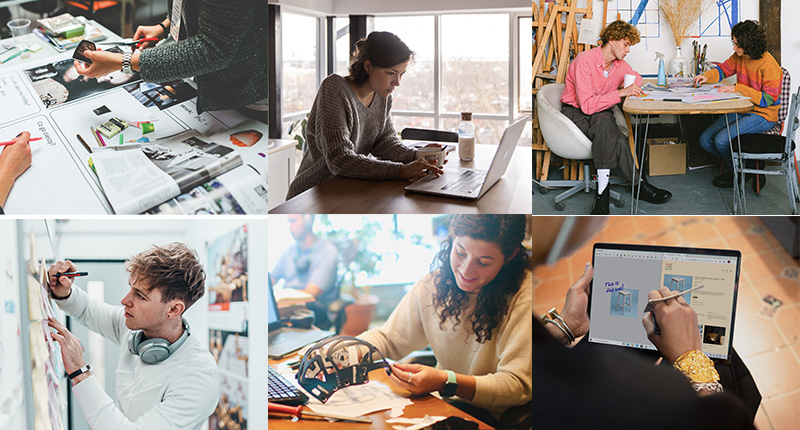
Make Your Work Play
Designers fiddle, tweak, and play
with their work, in the process of
bringing raw ideas into fruition.
Travel and work flexibly.
Many organizations allow
(and even encourage) their
designers to work outside
the confines of an office.
Collaborate with like-minds.
A designer benefits from
the ideas of others, and is
at their best when working
alongside a variety of
other creative specialists.
Let your curiosity guide your work
See Your Work Come to Life
Regardless of your design speciality,
you'll find working as a designer
means impacting the world around you
in a direct and tangible way.
Explore the Cutting-Edge
Designers, by their nature,
tend to work with the latest
and greatest technologies available.
They're constantly on the hunt for a
new angle, new tools, and new ways
to solve problems.
Are the books on your shelves arranged by size and color as well as subject matter? Does careless kerning give you a headache? Do “Papyrus” or “Comic Sans” give you an honest-to-goodness allergic reaction? Do you practice Feng Shui in your eternal quest for interior and inner peace? Well, let us be the ones to break it to you: you’re very likely a designer.
But how do you take that raw talent and ambition of yours and turn it into a career? And what does it look like to be a professional designer? We dug deep into our network of professional contacts and pulled answers from all around the world. Read on for some crucial insight.
A Day in the Life of a Designer

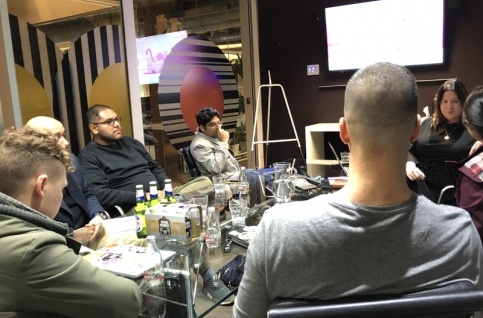

Why Become a Designer?
Design turns it up to 11.
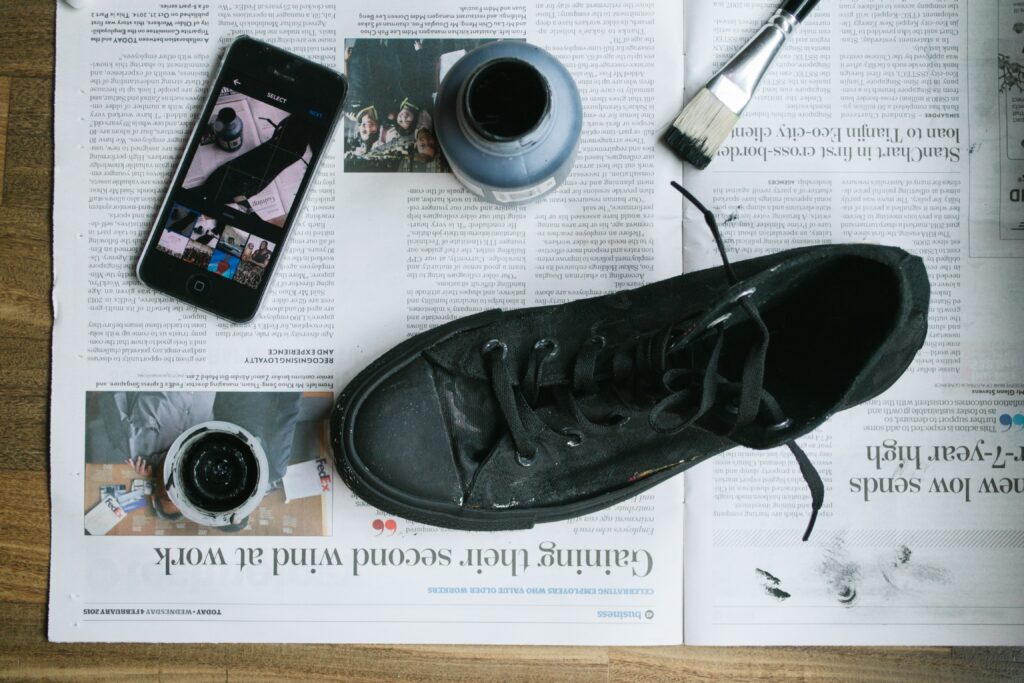
If you are considering a change of career, then you’ll want to be sure that there are jobs out there to help you earn a living. Don’t be fooled…design is ultra-competitive! But there is and always will be a demand for good designers so if you have talent, the necessary skills and the determination to work hard, then you can be confident that you will always be able to find work.
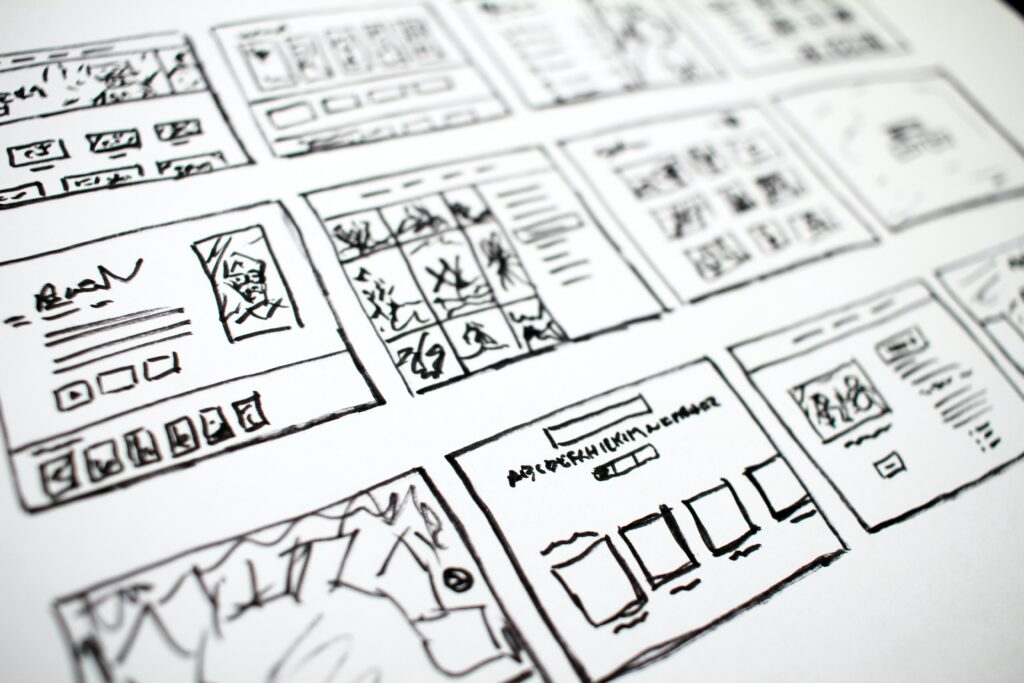
Good design is about so much more than just making things look nice – it’s a very thoughtful, challenging profession. Designers are creative problem solvers, so each brief represents a fresh challenge. You get to use your brain for much more than just filling in spreadsheets or firing off emails all day. Problem-solving is one of the most important skills for a designer, as you’ll spend your days working out the best ways to communicate important messages in visual form.
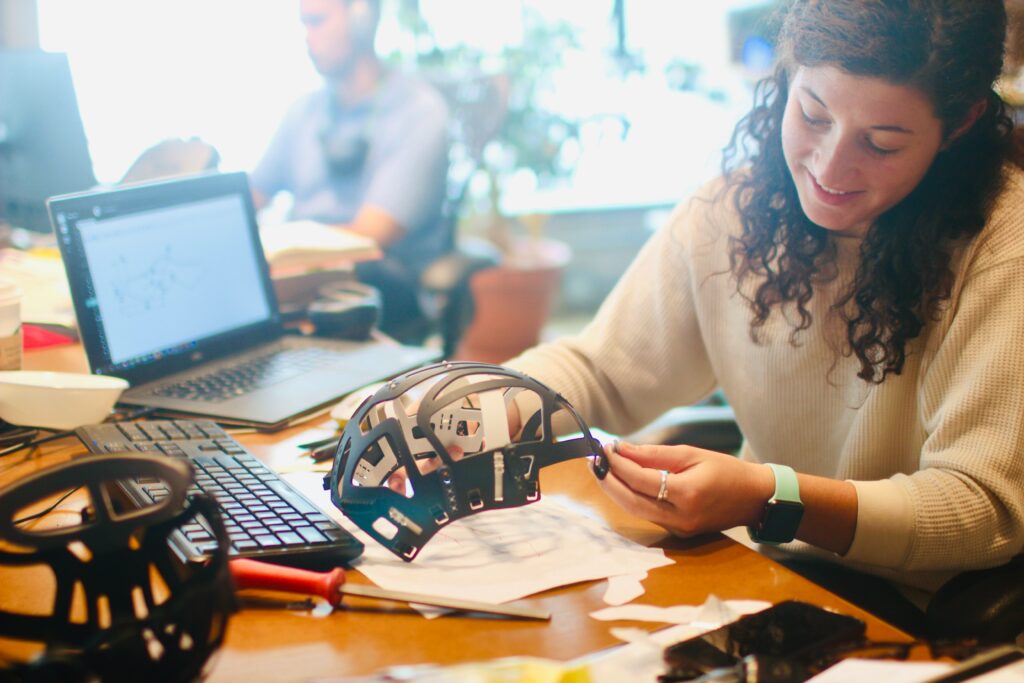
Who wouldn’t want to work with pretty pictures for a living? Of course, there’s much more to it than that. Still, it is true that your daily working life will involve seeking out inspiration in all sorts of places, researching incredible images, illustrations and graphics – and creating them too. So if you get your kicks from crisp visuals, then this is the job for you.
When was the last time you gazed lovingly at a spreadsheet you’d just filled in and felt a warm pang of pride? Thought so. Graphic design is something that you can have a real passion for and can give you a real sense of satisfaction. It involves creating something, going through a process to produce something tangible, rather than just getting buried in reports and paperwork. Design offers you a chance to produce work that you can be proud of – and would be happy to show off.
The Career of a Designer
Hyperactive is the best description of a designer. As the world moves more into the global multimedia matrix, designers need to stay attuned to the mediums that draw people in online and off.
Back in the day of designers, paper, Xacto knives and handwritten type were the norm. Now tablets, animation, vectors and the web are added to the mix. A well-trained designer can do it all and feels comfortable moving from the real world to the virtual. They’ve become inventors, adding new ways to use old technology. Maybe they create a linocut typeface that they scan and use for a website or hand-cut paper graphics for a short animated webisode.
Designers are a vital part of the team and produce graphics for video games, installations for interactive events, motion graphics for smartphone apps, as well as “traditional” packaging, print, tv commercials, web banners or whatever else they can dream up for a brand. They do not know the meaning of the phrase “there is nothing new under the sun.”
- Major tech companies (think Apple, Tesla, or Instagram)
- Leading creative agencies (Ogilvy, McCann, and R/GA come to mind)
- Consumer brands with a focus on communication (Nike, Disney, Coke, and more)
- Freelancing (with all the freedom, headaches, and excitement that come with it)
No matter the path, one thing is for sure: it’s a world of wild opportunity. So long as there is marketing (read: as long as people exist) there will be room for designers, and the creative management they do so well. Today the biggest and brightest jobs might be in silicon valley. Tomorrow? Who knows? All we can say is that the job market for these creative superstars is constantly growing.
Katie Watford:
“What’s cool about design is that you when you learn the principles that make up design their design elements and design principles and once you master those you can apply them anywhere. So you can go in a direction where you create systems for a living, you can create whole experience for people, you can create products and packaging and be creative and just ways that you didn’t even know possible there are now sound designers out there, so there are just so many directions that you can go with this kind of training and I think that’s one of the most fascinating things about design because it’s it’s such a broad topic.”
Problem Finders vs Problem Solvers
Want to set yourself apart as you build your career in design. If you ask Brian Collins (founder of the iconic COLLINS agency), it’s all about becoming a problem seeker.
Here’s how he put it in a conversation at MAS in 2021:
“Designers: we’re not problem solvers, which is the stupidest word I’ve ever heard my life. Designers have to be problem seekers. Which means you have to talk about not only what the problem was that you’re asked to solve, but the problem the side that and the problem beside that, and the problem beside that.
Most of my career and the generation I’m connected to, problem solving was how we defined creativity. Most stupid thing I’ve ever heard. Problem solving solve for X. “I want some water.” “Okay, here’s a plastic bottle.” I solve for X, but it caused Y and Z problems. It caused ecological damage and now there are more bottles in the sea than there are fish. So you solve for X but you didn’t solve for X and Y.
Design in the future, in your portfolio, when you show your work, you have to show that this problem solve for X but it also solve for Y and it’s solved for Z. You have to think about the largest context that you’re solving design problems in. And if you consider yourself a problem, solver Good luck. You won’t have a career. Careers in problem solving are gone. If you’re just coming too quickly to become a mere problem solver. You have to become a problem seeker. You to figure out what problems are before they arrive at your desk.
If you want to become a problem solver you’ll hit your 40s and you realize, “What the hell happened to my career?” You’ve got to really anticipate and think bigger than the problem that’s being presented to you. You always have to backup, “Where did the problem come from? Why is it on my desk? What other problems are connecting to it?” And if you think about the larger problem you can always solve with the puzzle you’ve been given, the question is every project, what’s the largest question that I can answer with this problem? That’s the first question.
The second question is, what would it take to answer that larger question? Two questions. What’s the largest problem I can solve with this problem I’ve been given. And then two, what would it take to solve that problem? Those are the two problems. Every time you get an assignment you need to ask. If all you wanted to use do logos and figure out what the color palette is, do not apply for job at Collins. You won’t get it. You always have to think about what the largest next problem is.”
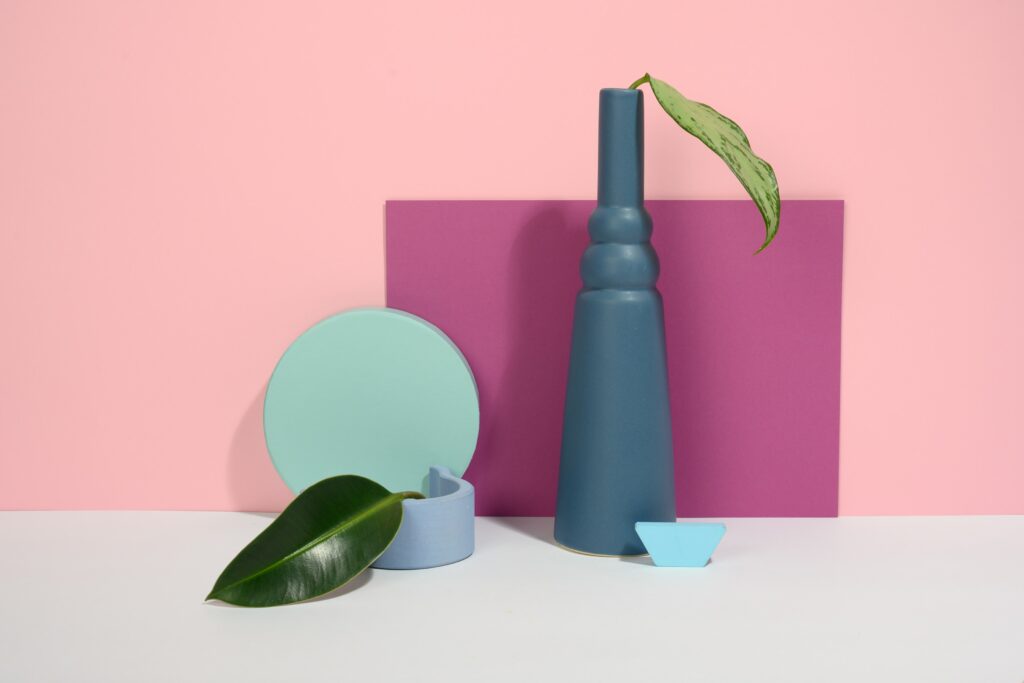
“I recommend a book. It’s by Steven Johnson, How We Got To Now. Steven Johnson talks about this idea called the adjacent possible.
The adjacent possible kind of goes like this: Gutenberg lives in a town in Germany. He already had movable type. He just happened to move into a town in Germany where they made wine. Which means they had wine presses. He takes movable type, puts it the wine presses and what do you have? You have book publishing or book printing.
Book or printing all of a sudden leads to book reading and then people begin to realize, “Uh-oh, book reading is really difficult. My eyes aren’t as good.” Which leads to eyeglasses. Which leads to inventions in eyeglass lenses. Then put people with eyeglass lenses together and they go, “Oh we can see inside the body we can see things we never saw before, because of lenses.”
And all of a sudden, people are writing medical journals about what they’ve learned through the microscope. And people write medical papers. And then they want to publish medical papers so they go back to Gutenberg and we’re back at the press again.
One thing leads to another, to another, to another.”
How Much Do Designers Make?
Here’s the short answer: most designers get paid. Well paid.
Naturally, though, the range of salaries is dependent on a few different factors. For the purposes of this exercise, we’ll focus on two things: the field of design you specialize in, and your level of seniority.
These days,
https://www.invisionapp.com/inside-design/highest-paid-design-industry/
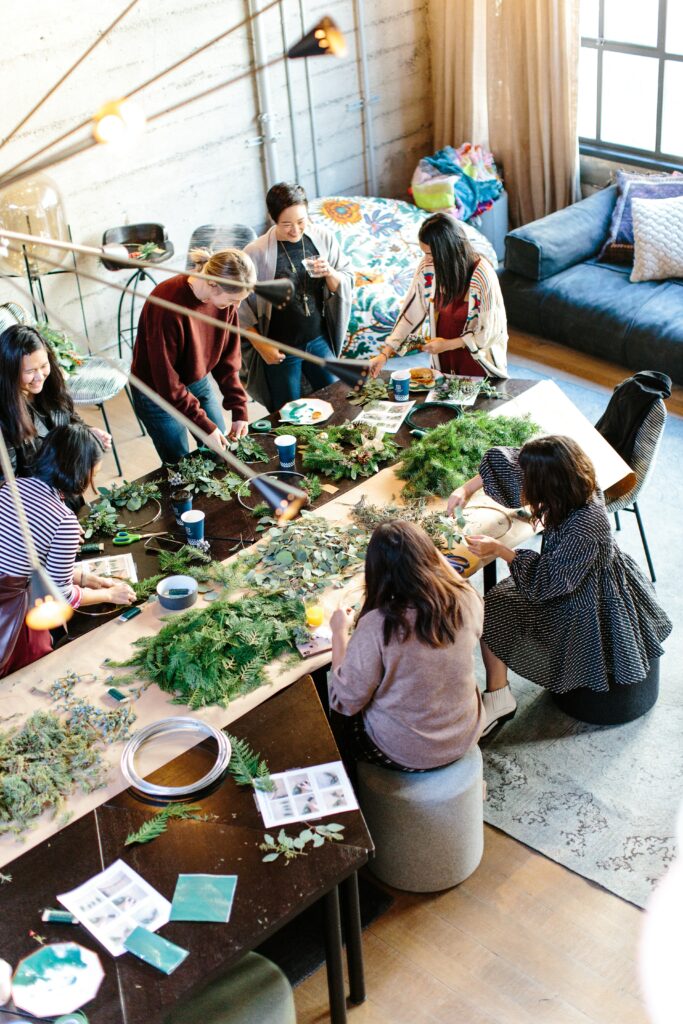
The Skills Any Designer Needs
Design is many things…but simple is not one of them. As we’ve discussed above, the range of activities is wide, and there’s any number of talents that might benefit an up-and-coming AD in their career.
That being said, there are a few traits common to most successful Design. Let’s go over a few:
Skill | Description | Why it's essential |
Creativity | No matter the medium you work in, no matter your design discipline, genuine creativity will be your strongest asset. What does that mean? It involves questioning the problems you're presented with, digging deep into the issues at hand until you've uncovered the sticky, wicked web at the heart of them. It also means forgoing the first answer you come up with (it's more than likely derivitative). It might even mean forgoing the first 50 solutions. You'll have to plumb the depths of your mind and soul to find unique approaches that bring new meaning to the term "well designed". | Middling, luke-warm, design is everywhere. If your clients (or your honest-to-god employer) wanted something tepid, they'd go to Fiverr. As a leading designer with an impressive career, you must become known for your vision and your taste. You'll need a book full of unique projects that demonstrate how you approach problems differently. That will become your calling card. |
Typography | As the brilliant designer Paul Rand once said, "typography is an art. Good typography is art." In the age of digital design and near-universal access to the basic tools of graphic layouts, a finer appreciation for the naunces of type can be somewhat rare. Use that to your advantage. By mastering type, you'll set your designs apart...even if your discipline of choice doesn't require type at its heart. Because as Rand said, typography is an art of its own. By uncovering its secrets you'll improve your discipline and taste as an artist. | As the brilliant designer Paul Rand once said, "typography is an art. Good typography is art." In the age of digital design and near-universal access to the basic tools of graphic layouts, a finer appreciation for the naunces of type can be somewhat rare. Use that to your advantage. By mastering type, you'll set your designs apart...even if your discipline of choice doesn't require type at its heart. Because as Rand said, typography is an art of its own. By uncovering its secrets you'll improve your discipline and taste as an artist. |
Information & Systems Design | A designer explores the tenets for information and new media design, which are built on the premise of reducing the noise of communication by eliminating excessive content and complexity. In practice, designers consider the most effective responses to community-level problems. | In design, as in life, communication is key. To cut through the noise of the information age, it pays to reduce, simplify, and find the essence of your message. |
Working With a Team | Knowing when to lead and when to step back. Collaborating with other creative professionals to maximize the talents of everybody on the team. | The myth of the lone genius is just that—a myth. The best creatives play well with others. |
Focus and Attention | Spot the difference between two color swatches. Never miss a typo. See the nuances of the logo placement on that latest website overhaul... | As leader of a creative team, the buck tends to stop with the AD. Of course, they don’t need to do everything themselves. But they should be noticing things that no one else is. That’s how you know they’re on their game. |
Adobe Creative Suite | Experience using technology is baked into many graphic design skills. Knowing how to use Adobe's creative software—specifically Adobe Illustrator, InDesign, and Photoshop—is a base requirement for many design jobs. | The real beauty of InDesign, Photoshop and Illustrator is that they can all be used together seamlessly to create designs—the file types can be opened in the other programs. For this reason, they rank highly in the essential graphic design skills list. |
A Thick Skin | Any designer worth their salt will spend a massive portion of their adult lives presenting new (and seemingly outrageous) ideas to skeptical audiences. If you're doing it right, you can expect some criticism. And a few insults. Quite possibly a little light character assassination. It's all part of the job. | There’s a sweet spot when it comes to hearing critiques: you’ll need to keep your ego intact, without ignoring the feedback. If you can take advice without losing your cool, you’ll be well on the way to superstardom. |
Content Branding, and 360° Design | Designers exist at the intersection of art, research, and commerce. In today's world, that means good designers excel as full-spectrum content producers. Using an ethnographic approach, designers should be able to develop all content, from strategy to research, to creative brief to final design of all original content. | Designers play a crucial role in the multi-disciplinary attempt to bridge the gap between functionality and usability and to introduce students to some of the unique challenges of designing within the realm of experience design inclusive of digital and interactive mediums that can be understood and viewed across a variety of cross media platforms. Designers should understand the constraints and advantages of working in across multi-media platforms from print to screen based mediums as they explore form, content, and the context of the integration of these within design the design process. |
Mythmaking and Branding | Design is the way we communicate with words and images and it is about storytelling — and more specifically visual stories. A foremost task in design is to make accessibility just that… and, things enjoyable as well. So how might you as a designer use a visual medium to instill values in society? Perhaps by not using a design-for-design sake approach but rather tapping into your own personal value system. | What we seek in the design we create, not that we always achieve it is a harmonious relationship, where value becomes a balance between form, truth and beauty. |

Iteration: A Designer's Bread and Butter
In the words of designer Katie Watford, iteration is at the heart of the design process. Here’s how she puts it:
“Iteration is one of the most important parts of design, because you almost never get something exactly right, the first time, you can always make an experience a little bit better. And so, for things like ux design user experience design iteration is part of a natural you know process that has to happen because. And you know you have a lot of moving parts and almost never do get it all right, the first time, so they’re just natural one step and then making tiny, tiny improvements to really get to an end goal but, really, with iteration you never totally finish, but the idea is you can you can look at the end product and realize that it’s not finished and you can continue to improve it. Versus to say okay we’re done with this project and it is perfect, as is we just have a mentality of realizing the more we can iterate, the more we can make it better for people.”
Katie Watford:
“What’s cool about design is that you’re creating the entire experience, that means all five senses are involved, and so, for instance, when I was in school designing a hotel design. I wasn’t just doing the logo for the hotel and the website, I was thinking through what their experience would look like, as soon as they walked in the door, what they would smell, and what they would associate that with and so the whole process of designing an experience is so much more than just a visual activity, which is such a cool thing and that’s where empathy and iteration comes in, because you want to you know continue making little adjustments to really make the experience rich for people.”
Katie Watford:
When I think of ideas it used to kind of intimidate me because I thought you want me to have ideas I don’t have any ideas. It’s something you have to practice and really discover and uncover so now I try to look at it, as instead of just like reaching out of thin air and trying to pull ideas down to me, I really try to tap into a space where I feel like I can be creative with other people and not be afraid of sounding dumb or having the wrong answer and the way I got there was just through practice, you know I I right now three pages every morning out of just a practice of saying stupid things and then, during the day, I can say whatever I want, because I feel like i’ve kind of gained a freedom from feeling like I I have bad ideas or whatever it is so. The biggest thing about ideas for me was just kind of getting over the fear that maybe they’re wrong and instead just knowing that. When I, for instance, start to sketch when when I sketch one idea I can look at it and say you know what I can make one adjustment to that and making them just 5% better. And so I just do that, over and over again, and then ultimately you get so much farther in in your ideation because you didn’t try to go from okay here I am i’m thinking of ideas.”
How Do I Make The Big Time?
Network, network, network. Get involved. You can’t just lock yourself in your design bubble, you have to get out and be a part of the design community. So I got involved with the AIGA. That led me to work the HOW conference where Hank (Richardson, PC Director of Opportunities and Design Coach) introduced me to Tru (Filyaw, Creative Director & Brand Manager for the Phoenix Suns, PC grad and one of Hank’s former students). If I had never met Tru, I wouldn’t have the job I have today.
Deciding to pursue design as a career is a brave, but gratifying choice. When we asked designer Dave Watson (Executive Creative Director, Design at Mosaic), he offered an honest piece of advice to students on the fence, saying “If you don’t have a passion for design, you should probably choose something else to do in your life.” He also suggests building towards your dream job. “Have a five-year plan in regards to where you want to be, and figure out how you’re going to get there.”
Vanessa Ekstein (Founder/ Creative Director at Blok Design) offers a different, but equally valid opinion, suggesting to start big from the get-go. “Aim high. Aim at your dream job. Because the truth is, why wouldn’t you? You might be the guy that gets it.”
It’s also important to see the job as more than a race, whether it’s against your peers or to the next deadline. In an industry this visual, it’s normal to compare yourself and your work to others around you. Mo Bofill (Creative Director, Design at 123w) encourages letting design and the craft take the wheel, rather than comparison. “Let (your) design speak to what you’re passionate about, what you believe in.” Then, the work will speak for itself.Eks
Where Should You Study Design?
Which Program Is Right For You?
Choosing a design program is a question of circumstance. Depending on where you are in your career and in your life, one program may suit you better than the others. Of course, like a well-tailored jacket, the program should fit you well. Take a look at our offerings to see how the timelines and expectations can vary.
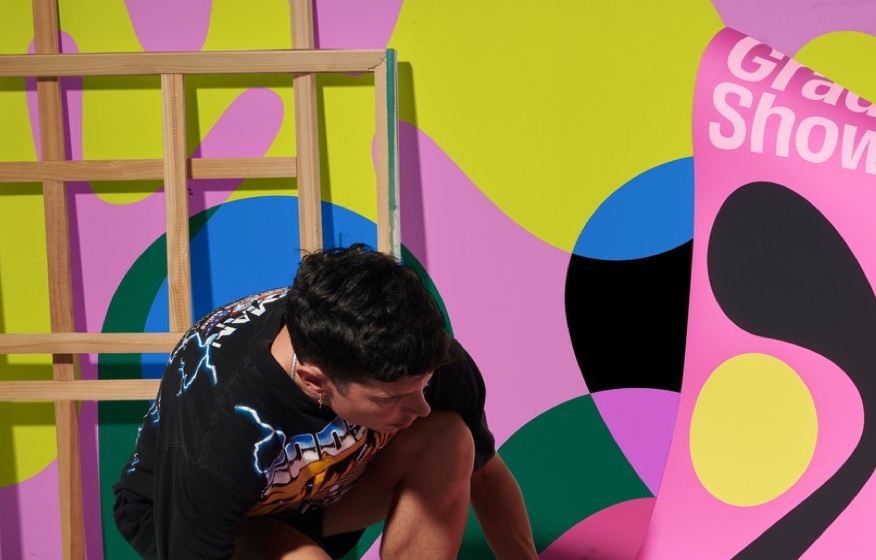
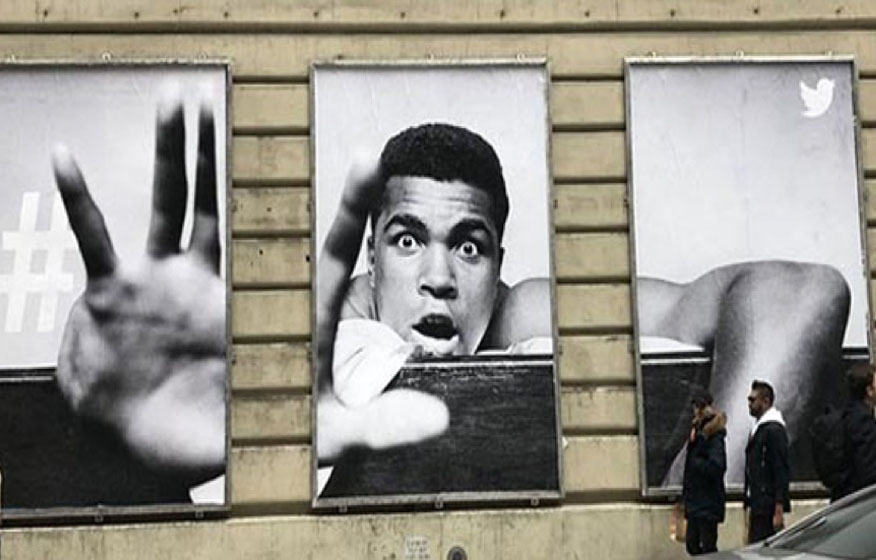
With the enormous growth of brands having in-house marketing departments that create their own content, having both a portfolio AND a masters degree is a tremendous advantage. To that end, we partner with accredited universities to offer Master’s degrees.The result is a joint program—the university grants the degree while students develop their portfolios and a network of industry contacts with MAS.
JOIN THE CREATIVE NETWORK
Add yourself to the list of 60,000 creatives getting the weekly Miami Ad School newsletter.
